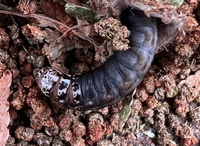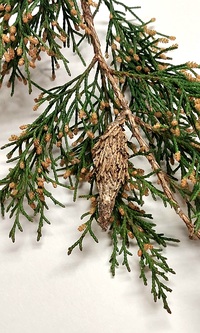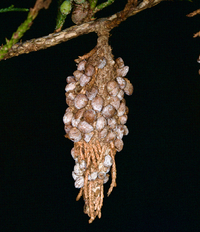
| Recorded by: Jim Petranka on 2025-10-30
Carteret Co.
Comment: | 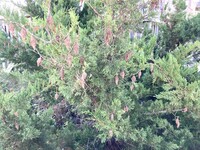
| Recorded by: Dean Furbish on 2025-10-24
Pender Co.
Comment: |
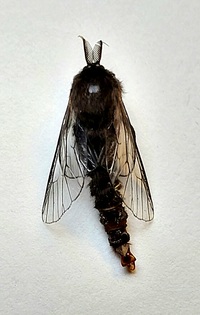
| Recorded by: Mark Basinger on 2025-09-23
Wilson Co.
Comment: | 
| Recorded by: R. Newman on 2025-09-19
Carteret Co.
Comment: |
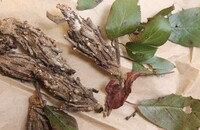
| Recorded by: TAMMY J JONES on 2025-08-17
Davie Co.
Comment: | 
| Recorded by: TAMMY J JONES on 2025-08-17
Davie Co.
Comment: |
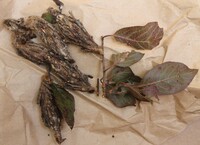
| Recorded by: TAMMY J JONES on 2025-08-17
Davie Co.
Comment: | 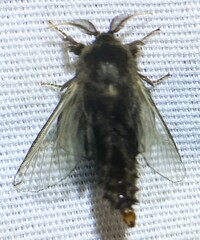
| Recorded by: Dean Furbish on 2025-08-16
Orange Co.
Comment: |

| Recorded by: Stephen Dunn on 2025-08-13
Chatham Co.
Comment: | 
| Recorded by: Audrey Ross on 2025-07-30
Mecklenburg Co.
Comment: |

| Recorded by: Audrey Ross on 2025-07-30
Mecklenburg Co.
Comment: | 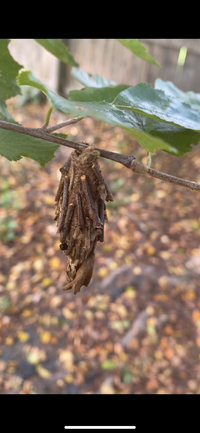
| Recorded by: Audrey Ross on 2025-07-30
Mecklenburg Co.
Comment: |
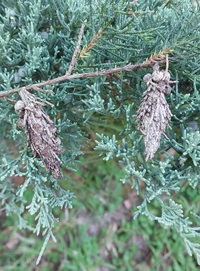
| Recorded by: Mark Basinger on 2025-07-20
Brunswick Co.
Comment: | 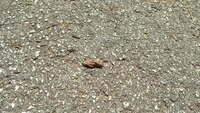
| Recorded by: Karen Johnson on 2025-05-23
Burke Co.
Comment: |
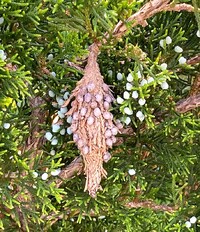
| Recorded by: Dean Furbish on 2025-05-01
Pender Co.
Comment: | 
| Recorded by: Mark Basinger on 2025-04-06
Rowan Co.
Comment: |

| Recorded by: Kylie Hall Seabrook on 2025-03-23
Mecklenburg Co.
Comment: | 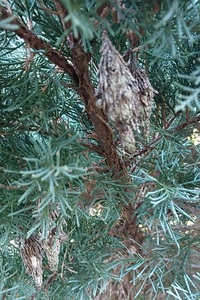
| Recorded by: Mark Basinger on 2024-12-08
Brunswick Co.
Comment: |
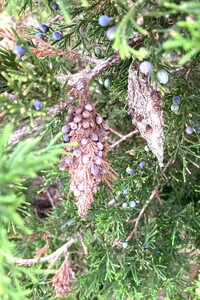
| Recorded by: Dean Furbish and Joy Wiggins on 2024-10-29
Pender Co.
Comment: | 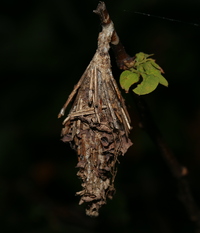
| Recorded by: David George, Randy Newman on 2024-10-28
Carteret Co.
Comment: |
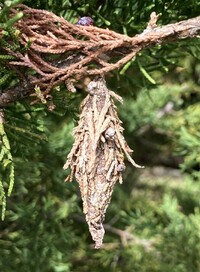
| Recorded by: Dean Furbish on 2024-10-28
Pender Co.
Comment: | 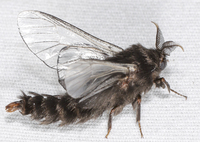
| Recorded by: John Petranka on 2024-09-14
Orange Co.
Comment: |

| Recorded by: R. Newman on 2024-09-10
Carteret Co.
Comment: | 
| Recorded by: R. Newman on 2024-08-26
Carteret Co.
Comment: |
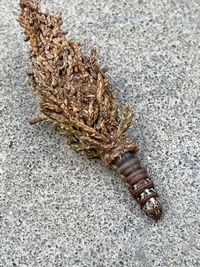
| Recorded by: Morgan Freese on 2024-08-02
Buncombe Co.
Comment: | 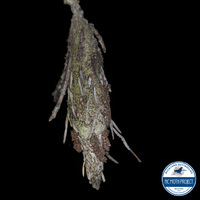
| Recorded by: Lior S. Carlson, Dean Furbish on 2024-06-18
Lincoln Co.
Comment: |
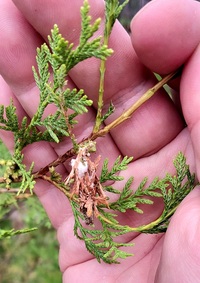
| Recorded by: Mark Basinger on 2024-06-18
Brunswick Co.
Comment: | 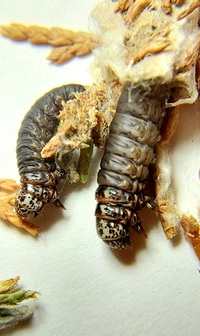
| Recorded by: Mark Basinger on 2024-06-18
Brunswick Co.
Comment: |
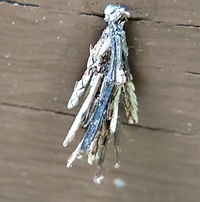
| Recorded by: Mark Basinger on 2024-05-19
Rowan Co.
Comment: | 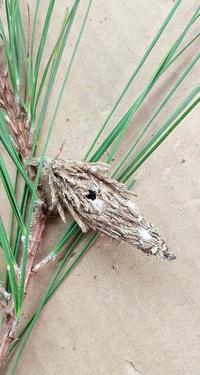
| Recorded by: Mark Basinger on 2024-04-28
Brunswick Co.
Comment: |
|

 »
»